White city: the remarkable history of Bauhaus in Tel Aviv

The history of the Bauhaus in Tel Aviv begins before Israel existed. A number of German Jewish architects, fleeing the tyranny of Hitler – who had shut down the then Berlin-based Bauhaus by 1933 – arrived in Mandatory Palestine in the early 1930s, and set about constructing buildings in an atmosphere of social and political idealism that perfectly suited the Bauhausian aspiration of improving quality of life through design and architecture.
Between 1930 and 1948, together with architects from the region, they developed a distinctive style, influenced by Le Corbusier and the Bauhaus in Europe, but adapted to the fierce Middle Eastern sun and the exigencies of the terrain and culture.
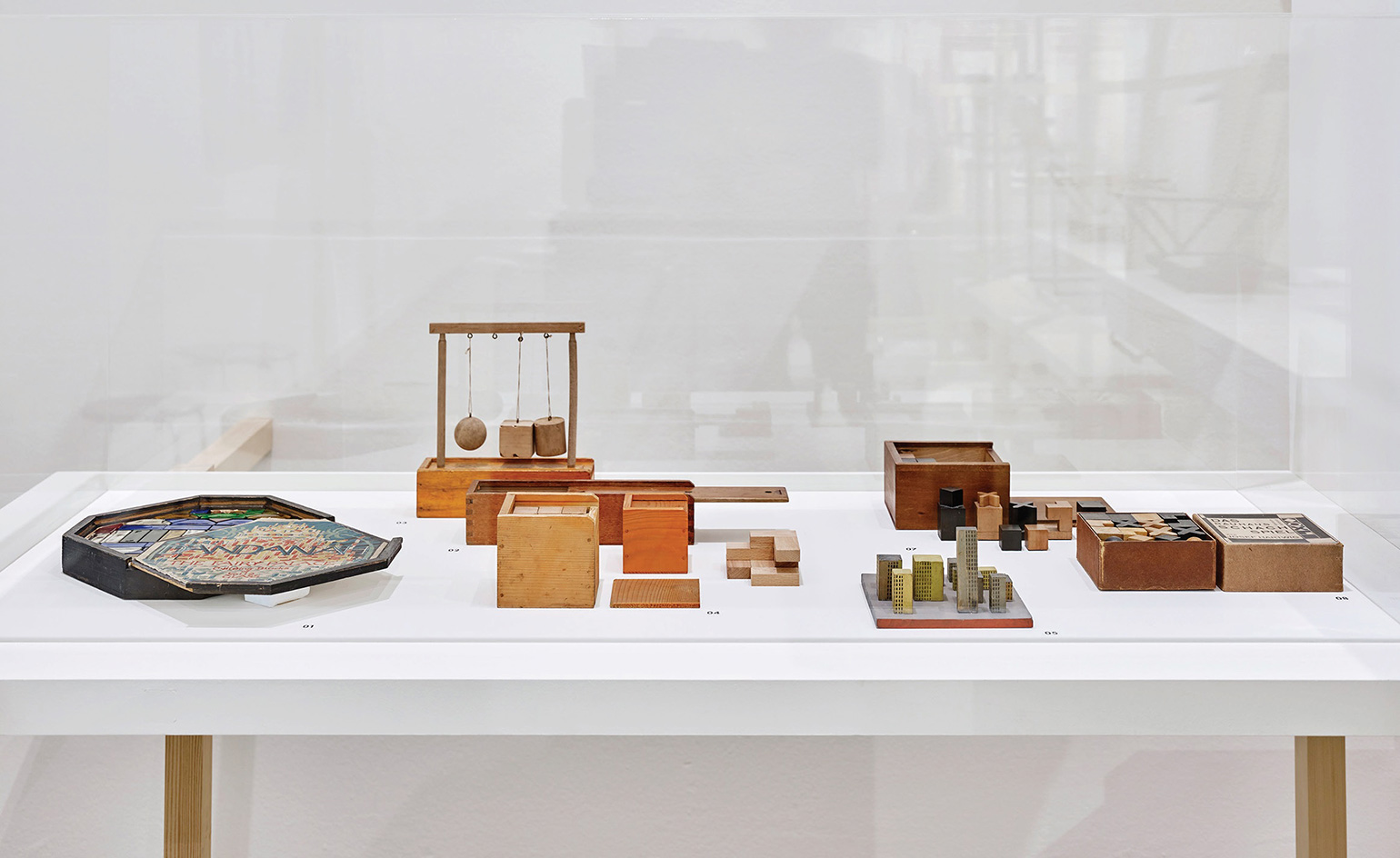
A selection of the 400-plus Bauhaus objects on view at the Tel Aviv Museum of Art
The result was the emergence of a distinctive local modernism – easily recognisable in its use of white plaster, recessed windows, flat roofs and long narrow balconies, introduced for the climate. This can be seen in 4,000 buildings today in Tel Aviv – the largest number in the Bauhaus or International Style of any city, anywhere in the world. In 2003, the White City – as this collection of structures is known – was declared a UNESCO World Heritage Site, and more than half of its buildings are now under protection.
'Today, efforts are being made to restore many previously neglected buildings, and one can see already quite a lot of wonderfully restored buildings throughout the White City,' says Micha Gross, of the Bauhaus Center Tel Aviv. The centre, dedicated to archiving and documenting the White City, arranges guided tours every Friday.
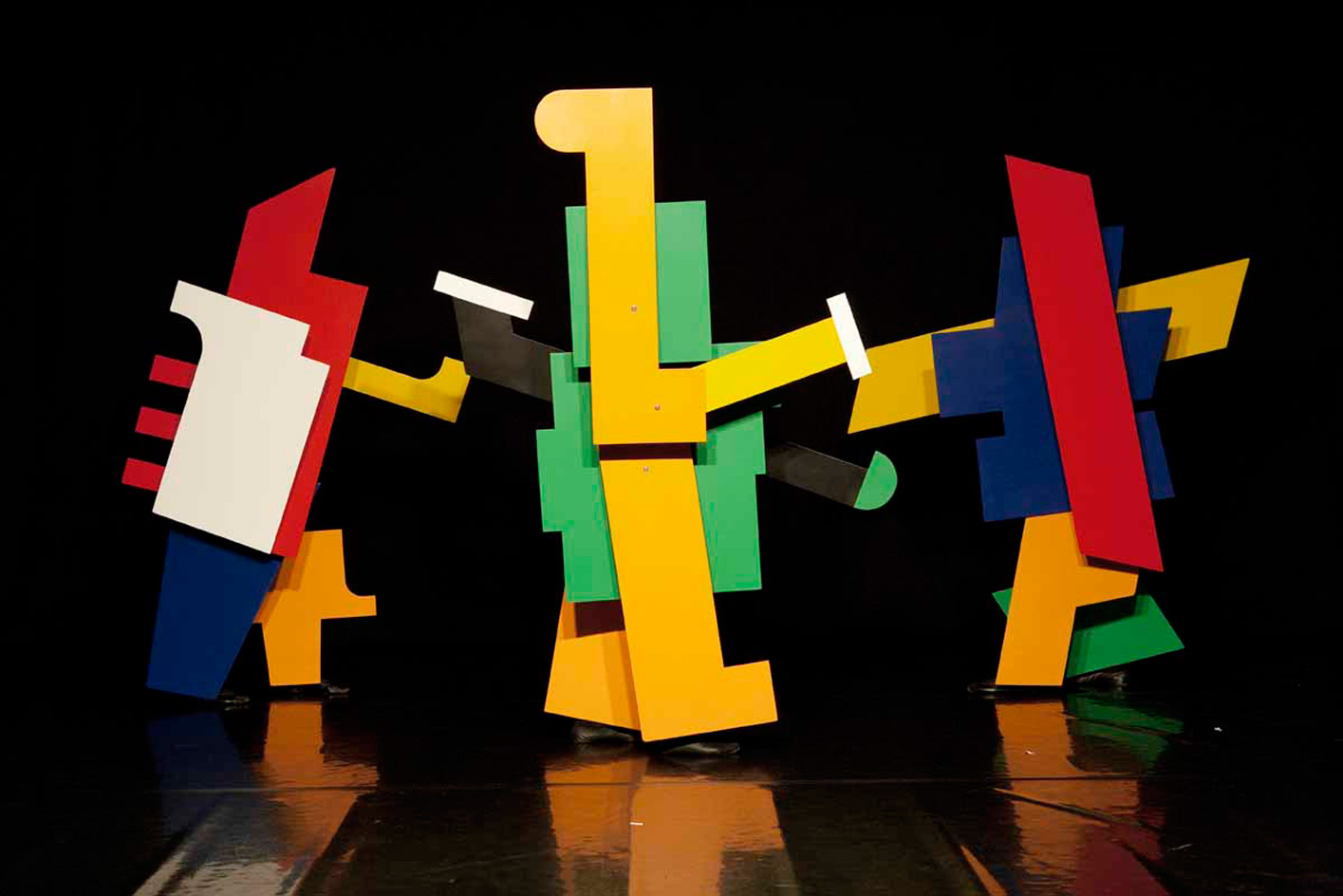
'The Mechanical Ballet', by Kurt Schmidt, Friedrich Wilhelm Bogler and Georg Teltscher, 1923 (new production recorded in 2009 in Bauhaus Dessau). Photography: O Eltinger. Courtesy of Theater der Klänge
Meanwhile, to celebrate the remarkable history of the Bauhaus in the city, the Tel Aviv Museum of Art is presenting a new exhibition (a 1984 show on Bauhaus at the museum popularised the term 'White City') featuring a wealth of material, documentation and photographs. The survey also includes works by Bauhaus masters Oskar Schlemmer and Walter Gropius, connecting their concerns to those of contemporary designers such as Konstantin Grcic, Van Bo Le-Mentzel, Studio Minale-Maeda, Front Design, Unfold and Opendesk. Proof that, heritage status notwithstanding, the Bauhaus in Tel Aviv is still very much alive.

From left, Zamenhof St, by Yehuda Megidovitz, 1939; and Ben Yehuda St, by Arieh El-Hanani & Ya’acov Jarost, 1935
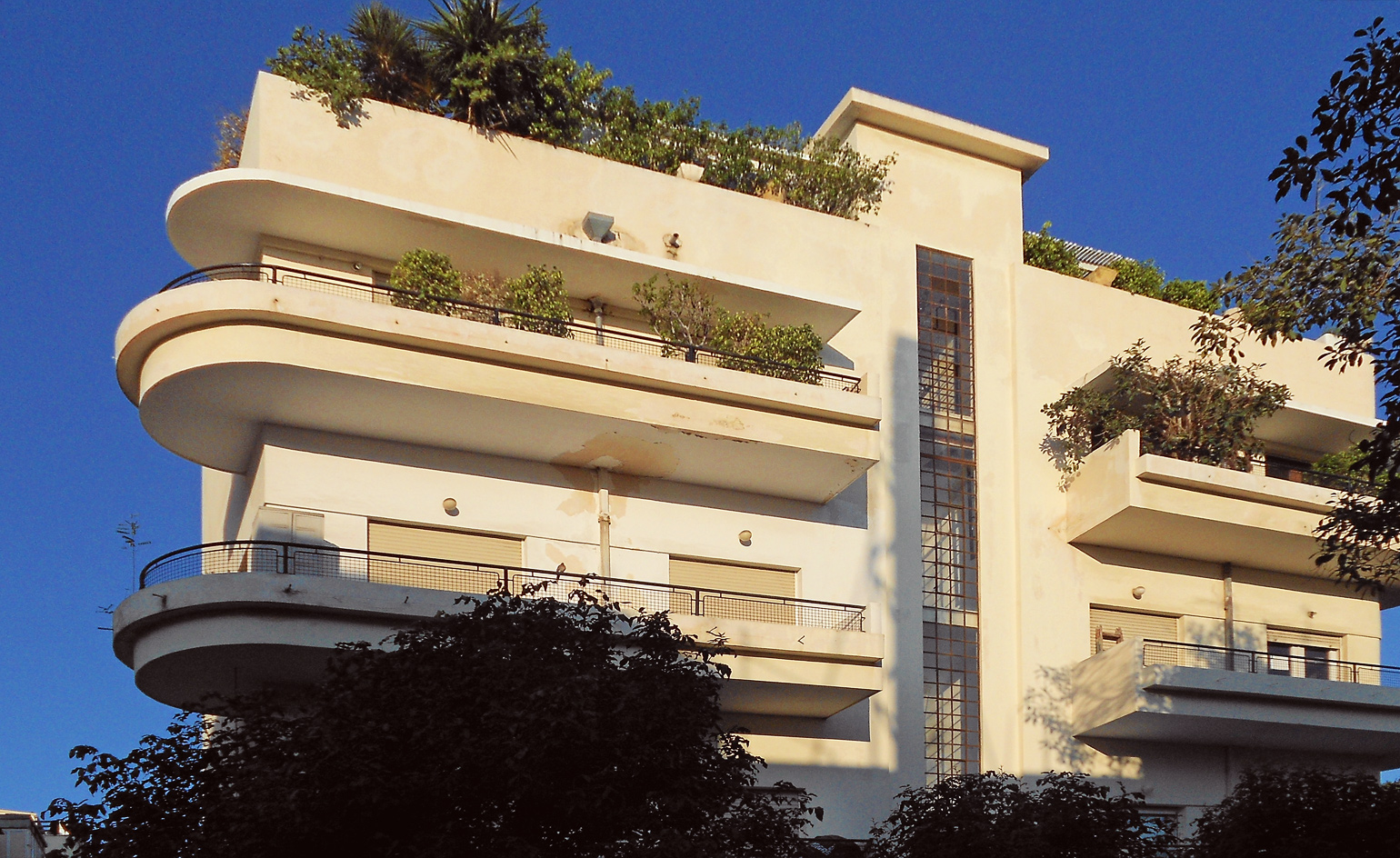
Emile Zola St, by H Sima and A Glick, 1935
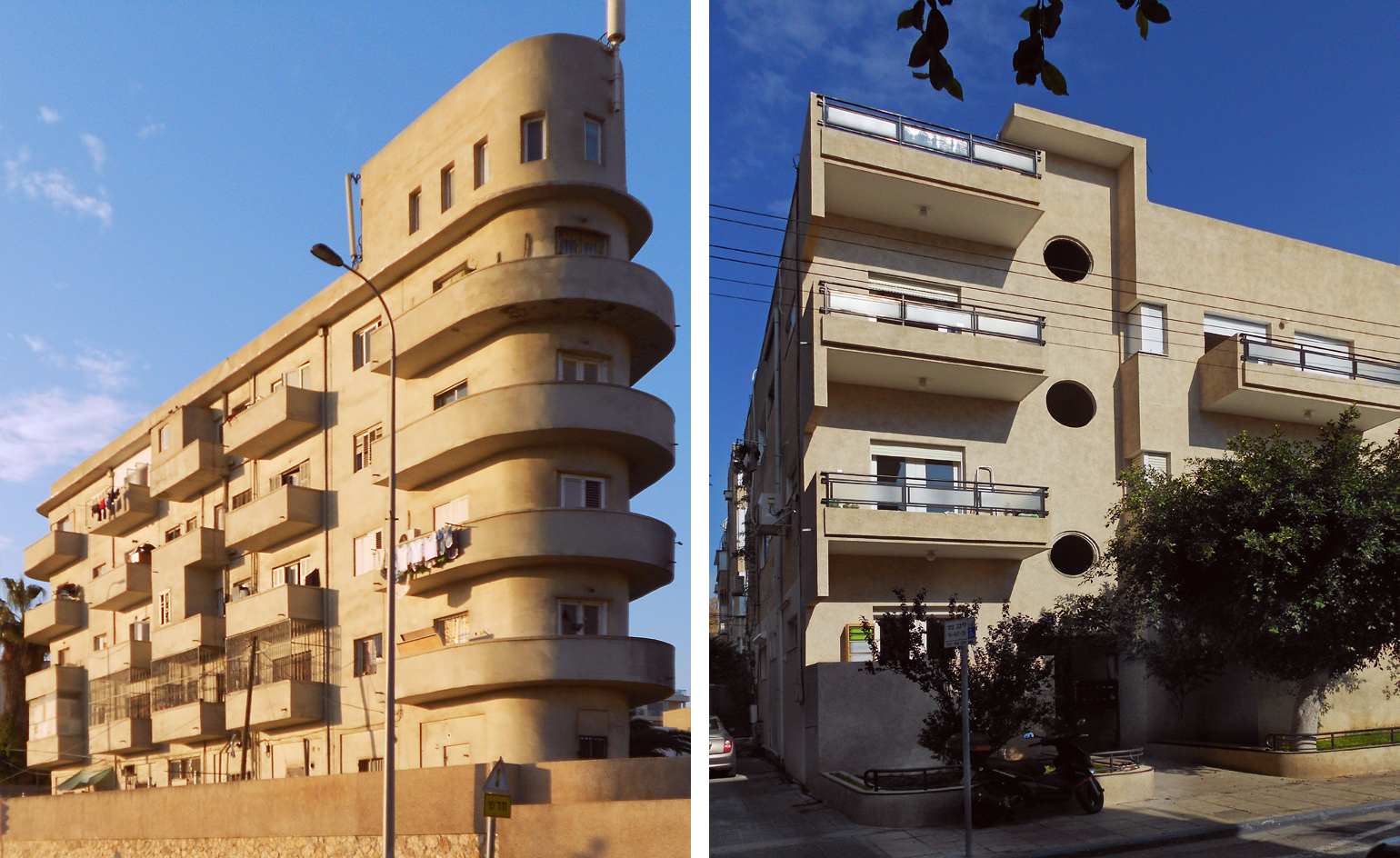
Levanda St, by Shimon Hamadi Levy, 1934; and Megido Street, by Joshua Steinbock, 1935
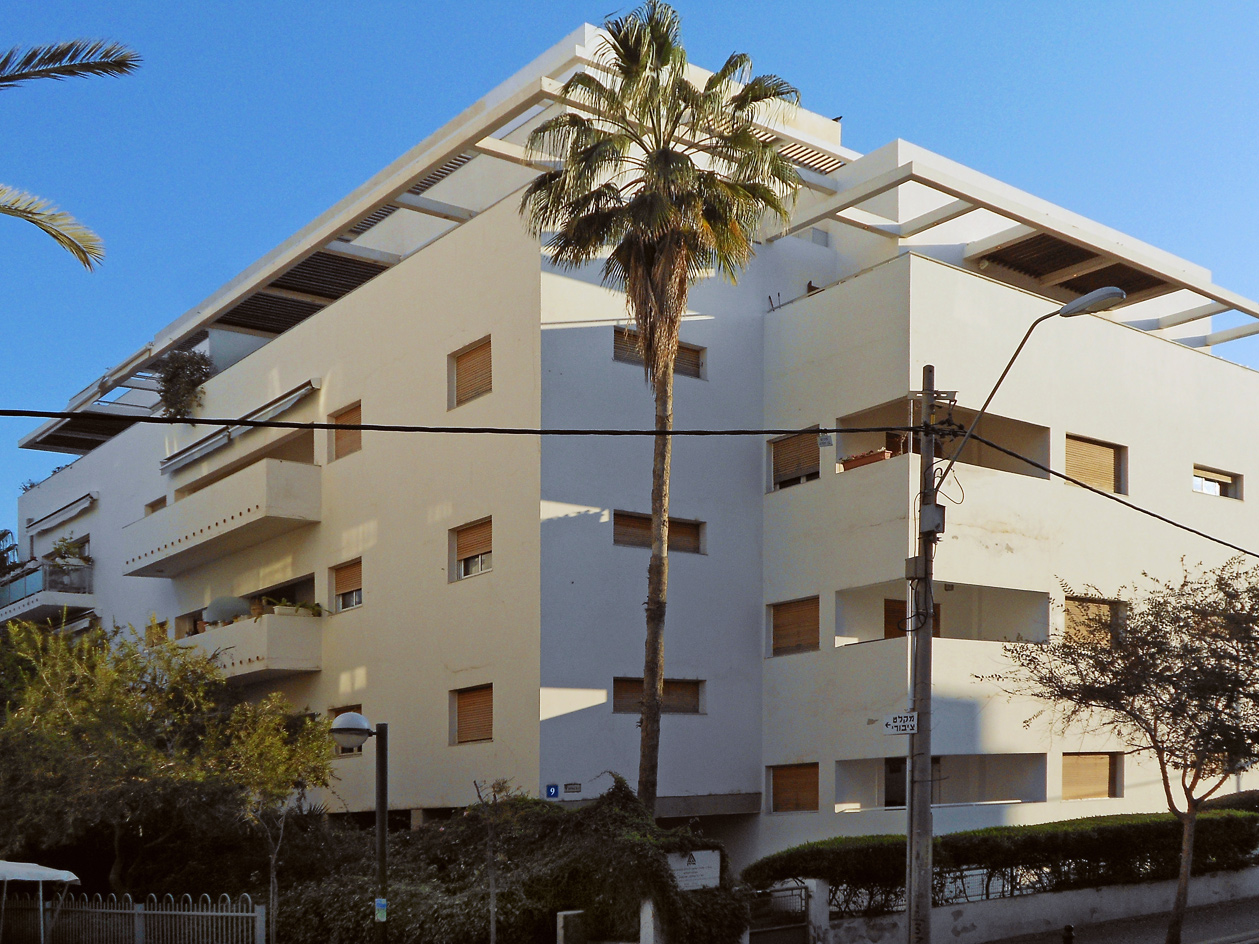
Gordon St, by Dov Karmi,1935
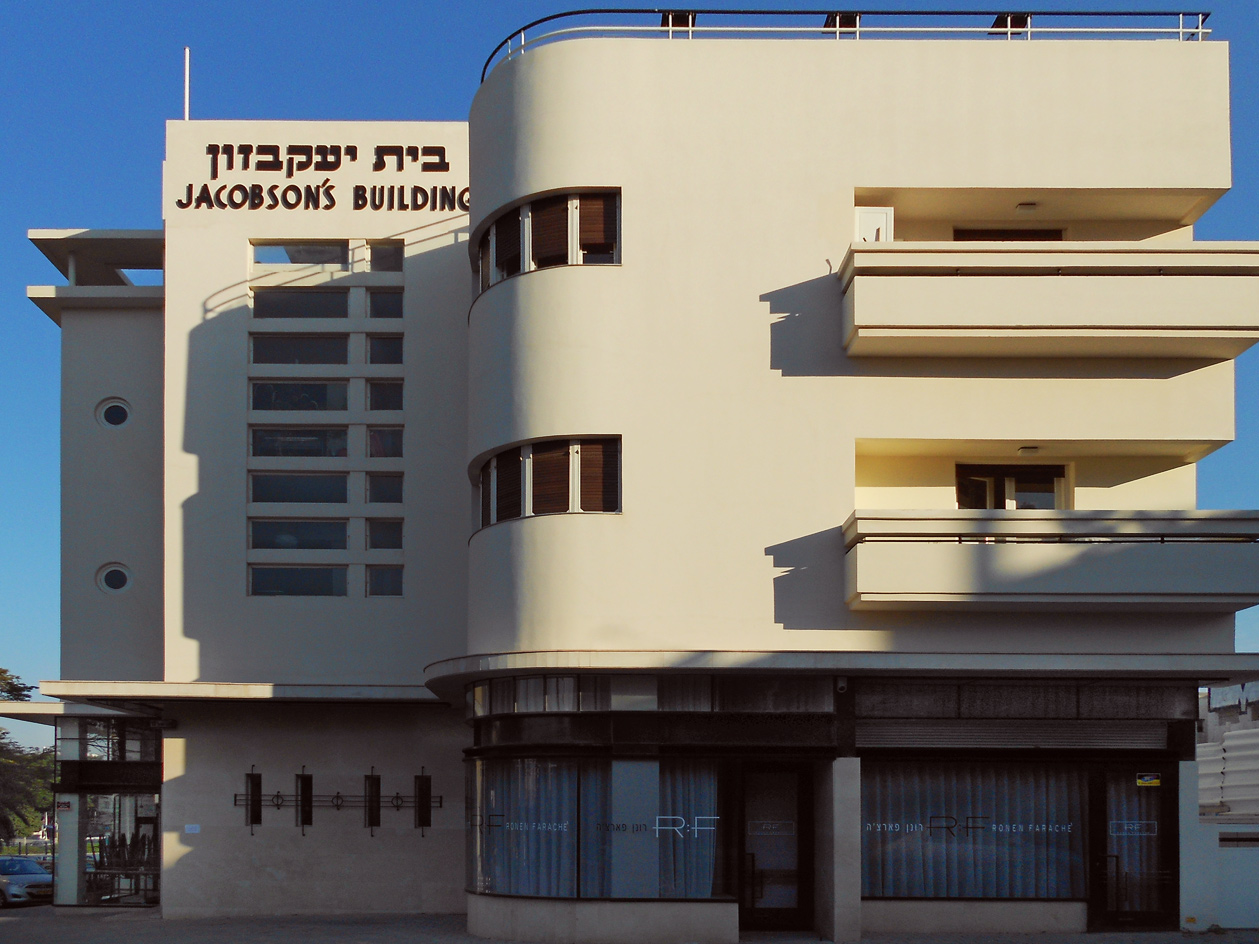
Mikwe Israel, by Emanuel Helbert, 1936
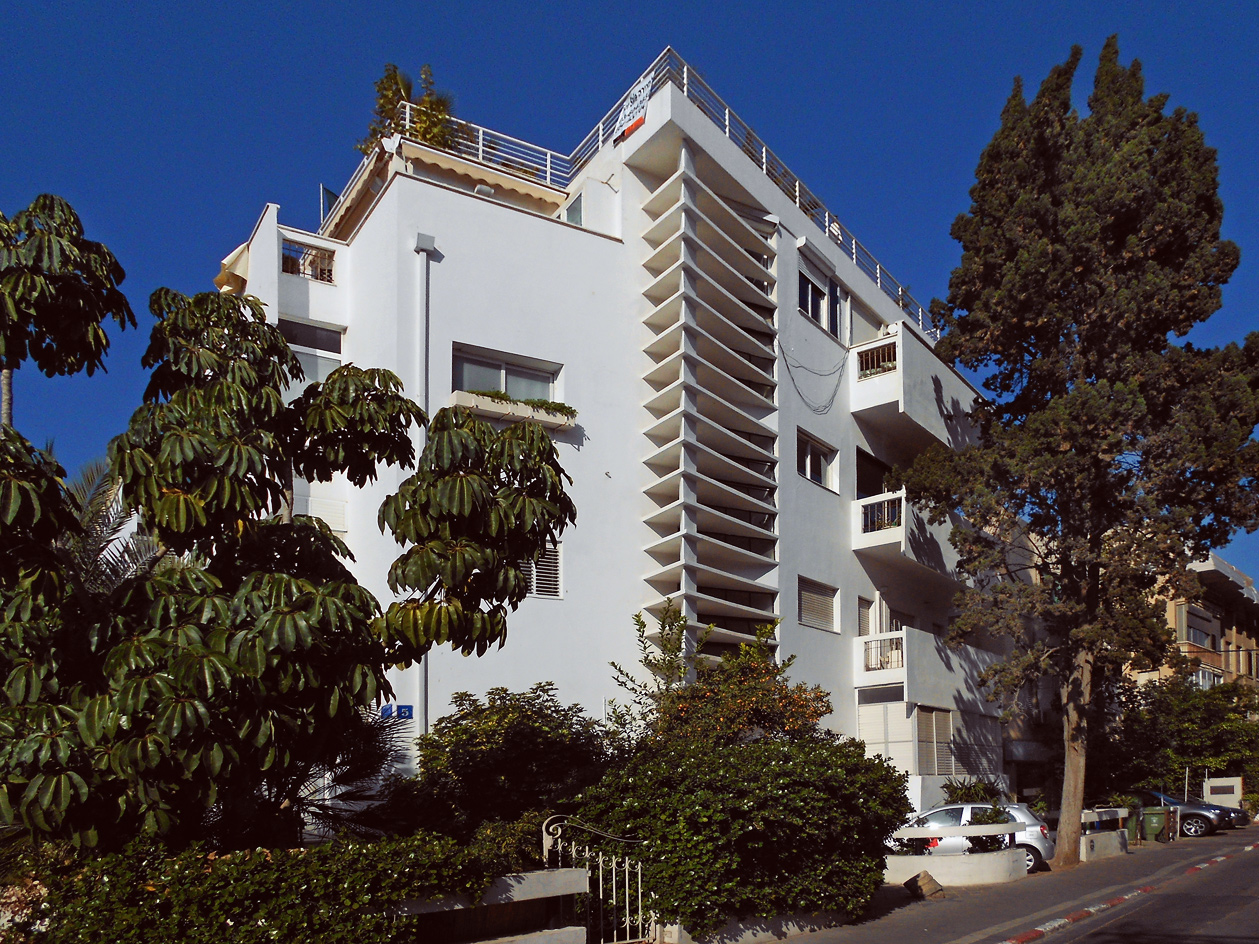
Frug Street, by Yehuda Liulka, 1936
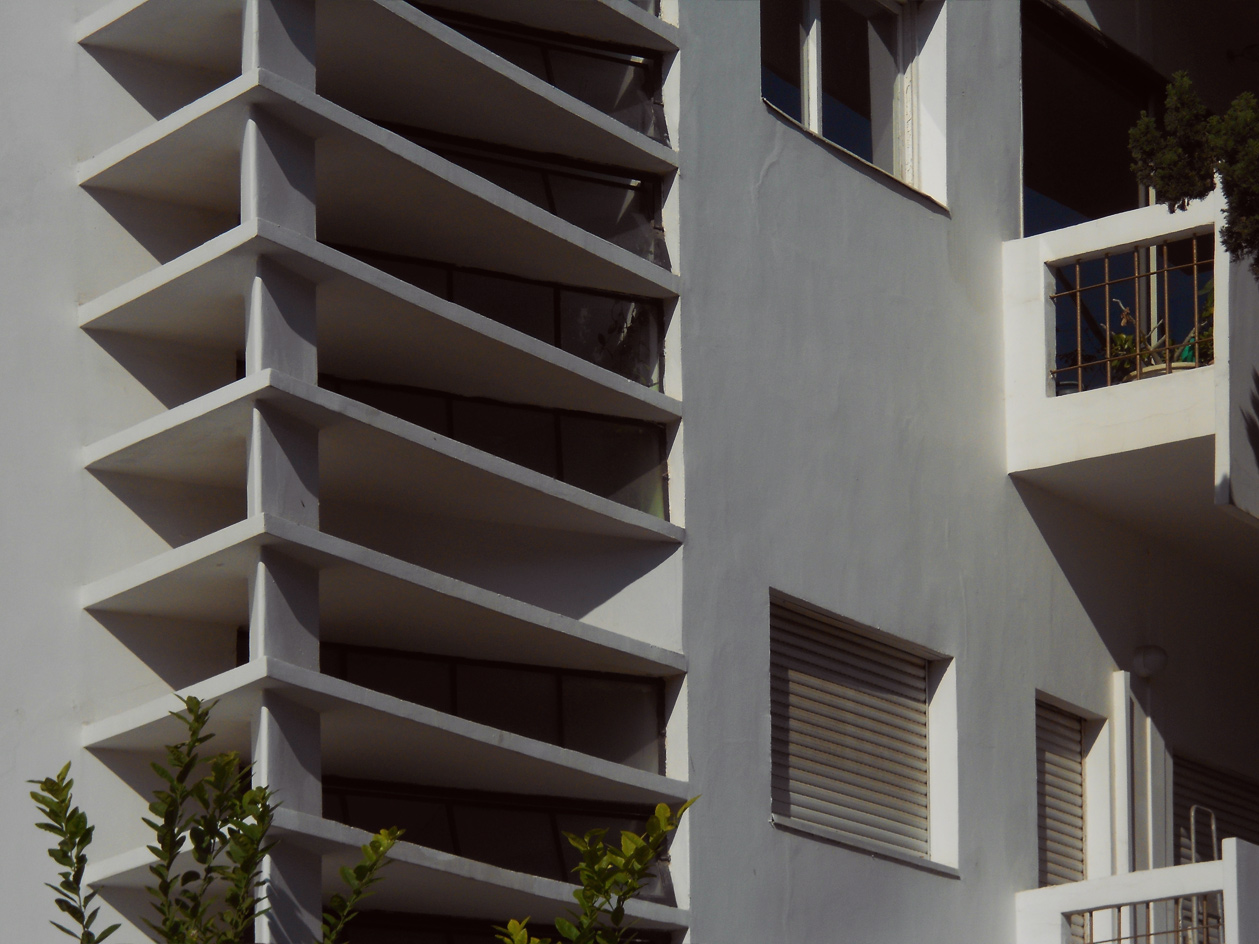
Frug Street, by Yehuda Liulka, 1936
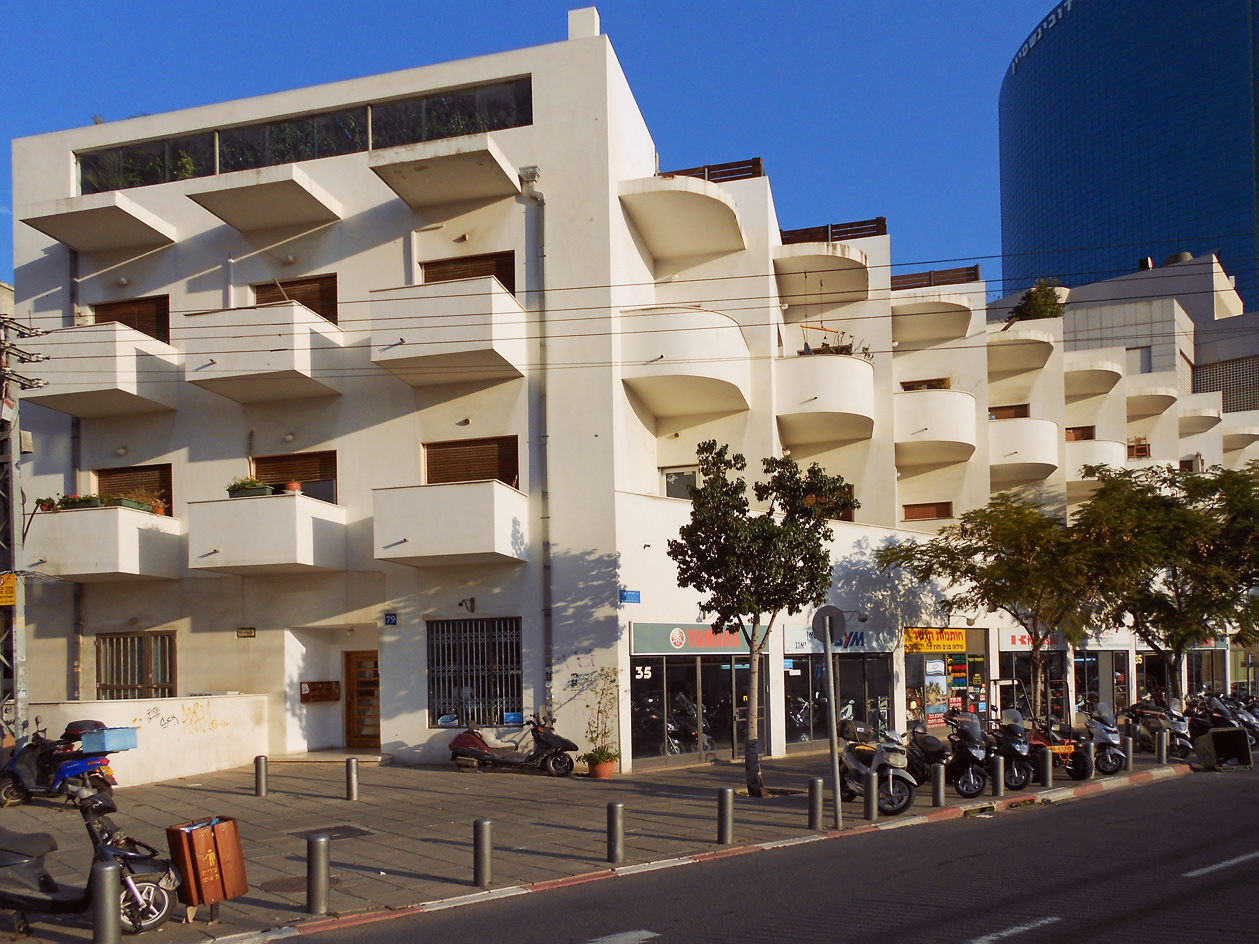
Derech Begin, by Shlomo Liaskovski & Jacob Orenstein, 1935
INFORMATION
’The Bauhaus #itsallaboutdesign’ is on view until 7 January 2017. For more information, visit the Tel Aviv Museum of Art website
ADDRESS
Tel Aviv Museum of Art
Sderot Sha'ul HaMelech 27
Tel Aviv-Yafo, 61332012
Receive our daily digest of inspiration, escapism and design stories from around the world direct to your inbox.
Charlotte Jansen is a journalist and the author of two books on photography, Girl on Girl (2017) and Photography Now (2021). She is commissioning editor at Elephant magazine and has written on contemporary art and culture for The Guardian, the Financial Times, ELLE, the British Journal of Photography, Frieze and Artsy. Jansen is also presenter of Dior Talks podcast series, The Female Gaze.
-
 The White House faced the wrecking ball. Are these federal buildings next?
The White House faced the wrecking ball. Are these federal buildings next?Architects and preservationists weigh in on five buildings to watch in 2026, from brutalist icons to the 'Sistine Chapel' of New Deal art
-
 Georgia Kemball's jewellery has Dover Street Market's stamp of approval: discover it here
Georgia Kemball's jewellery has Dover Street Market's stamp of approval: discover it hereSelf-taught jeweller Georgia Kemball is inspired by fairytales for her whimsical jewellery
-
 The best way to see Mount Fuji? Book a stay here
The best way to see Mount Fuji? Book a stay hereAt the western foothills of Mount Fuji, Gora Kadan’s second property translates imperial heritage into a deeply immersive, design-led retreat
-
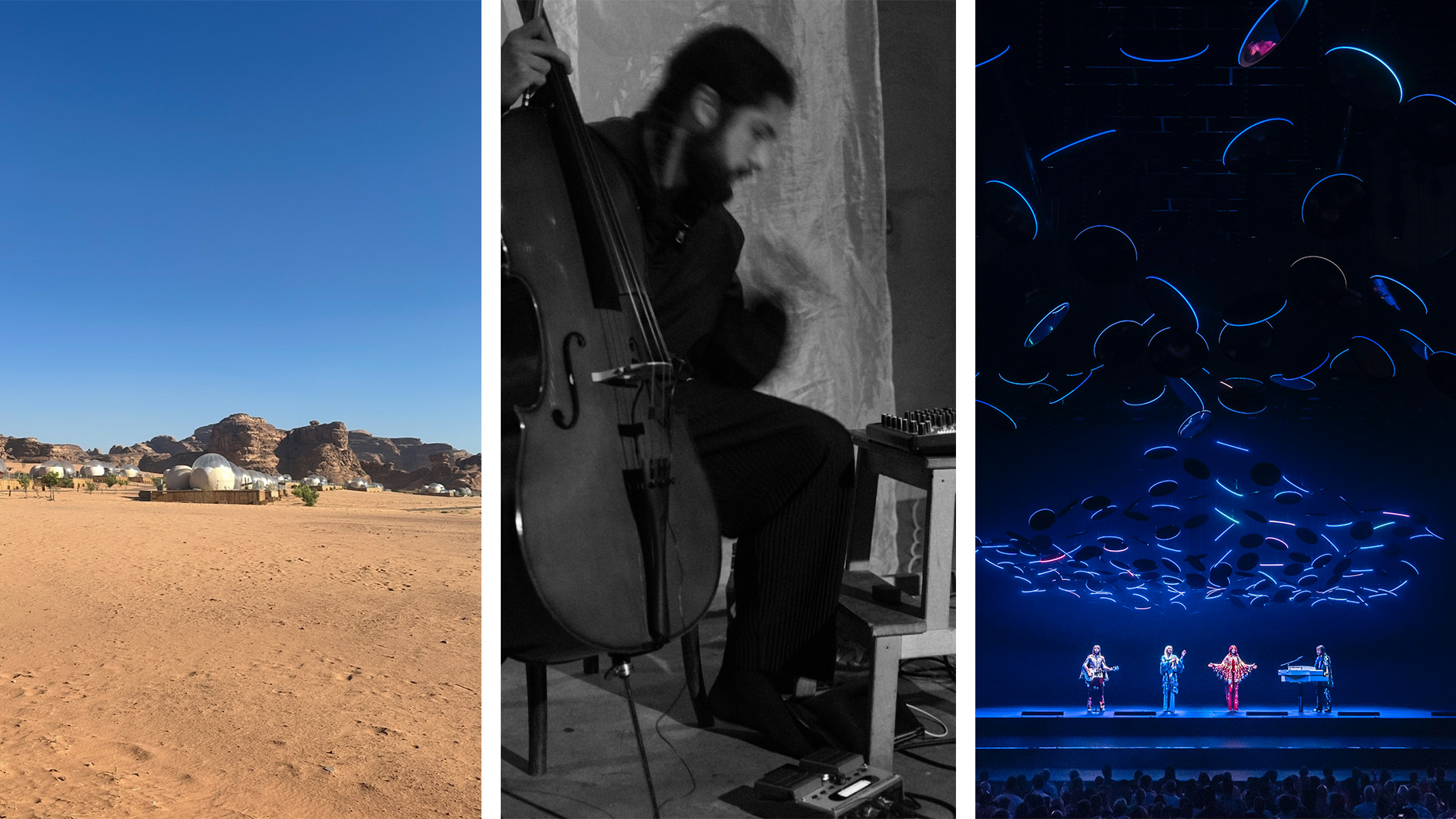 Out of office: what the Wallpaper* editors have been up to this week
Out of office: what the Wallpaper* editors have been up to this weekThis week saw the Wallpaper* team jet-setting to Jordan and New York; those of us left in London had to make do with being transported via the power of music at rooftop bars, live sets and hologram performances
-
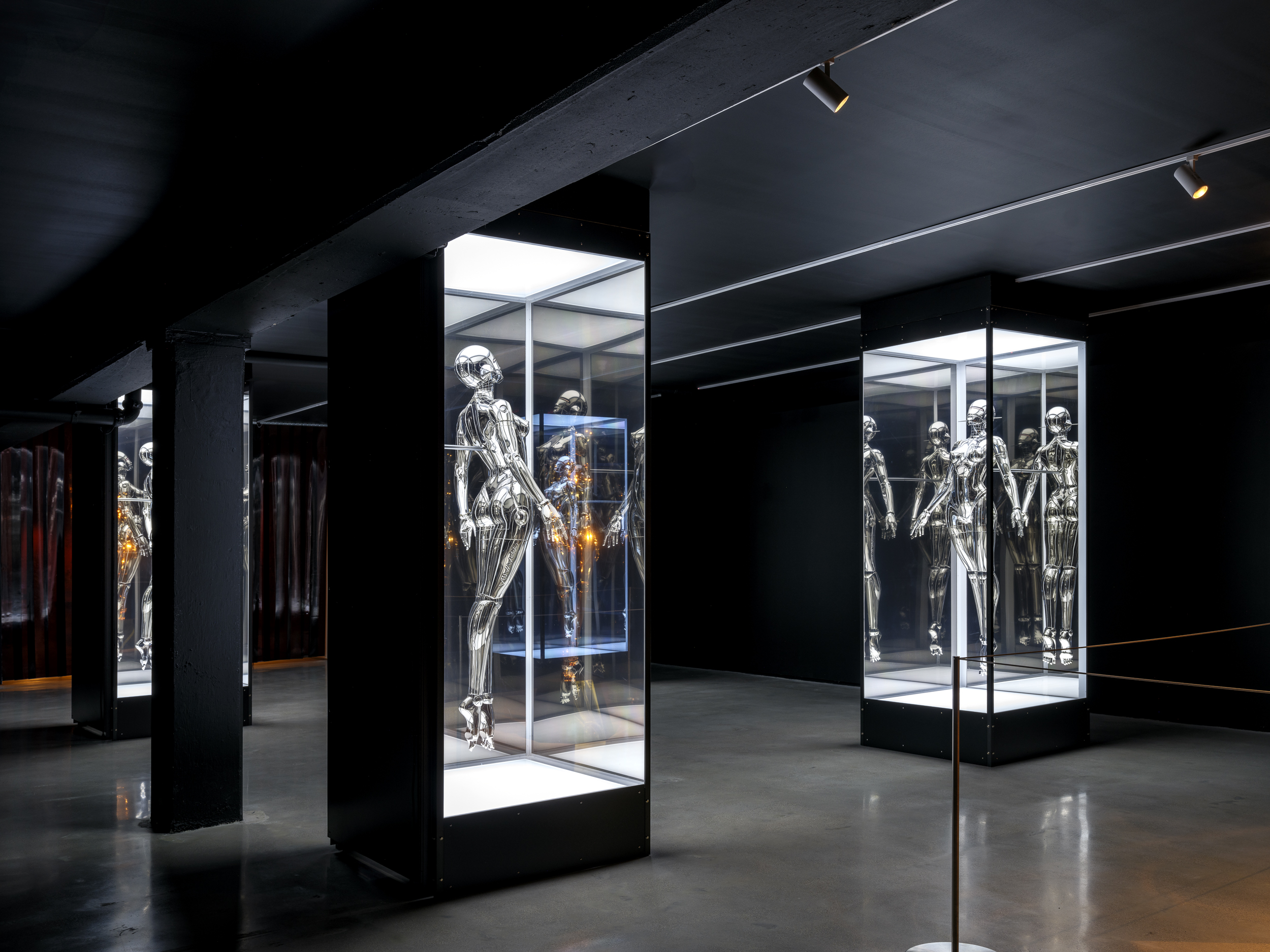 Miami’s new Museum of Sex is a beacon of open discourse
Miami’s new Museum of Sex is a beacon of open discourseThe Miami outpost of the cult New York destination opened last year, and continues its legacy of presenting and celebrating human sexuality
-
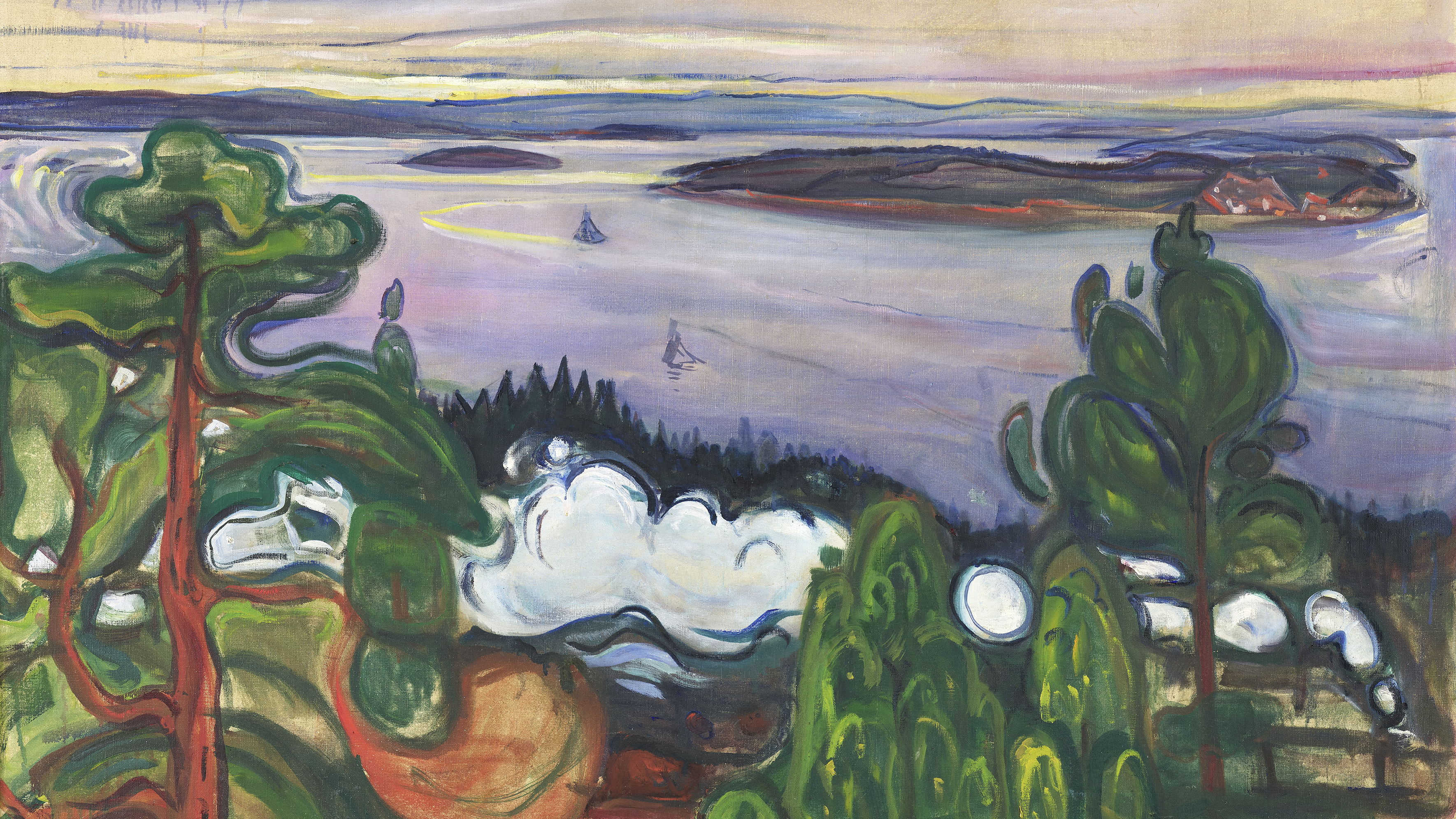 Switzerland’s best art exhibitions to see in 2025
Switzerland’s best art exhibitions to see in 2025Art fans, here’s your bucket list of the standout exhibitions to see in Switzerland in 2025, exploring compelling themes and diverse media
-
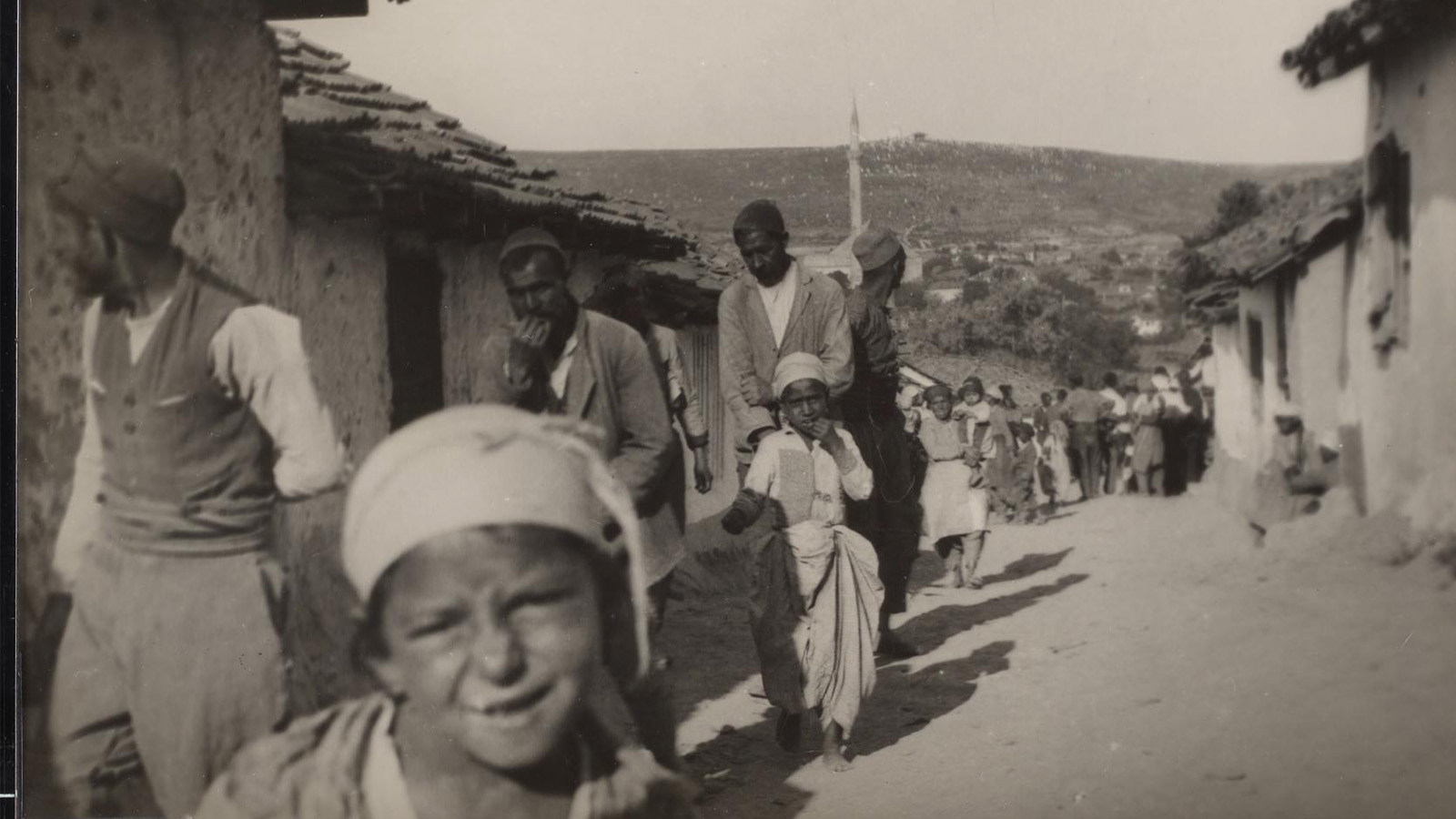 Lucia Moholy’s retrospective captures her life's work behind the lens
Lucia Moholy’s retrospective captures her life's work behind the lens‘Lucia Moholy: Exposures’ is an appraisal of a true virtuoso of 20th-century photography, opening at Kunsthalle Prague
-
 Edinburgh Art Festival 2023: from bog dancing to binge drinking
Edinburgh Art Festival 2023: from bog dancing to binge drinkingWhat to see at Edinburgh Art Festival 2023, championing women and queer artists, whether exploring Scottish bogland on film or casting hedonism in ceramic
-
 Last chance to see: Devon Turnbull’s ‘HiFi Listening Room Dream No. 1’ at Lisson Gallery, London
Last chance to see: Devon Turnbull’s ‘HiFi Listening Room Dream No. 1’ at Lisson Gallery, LondonDevon Turnbull/OJAS’ handmade sound system matches minimalist aesthetics with a profound audiophonic experience – he tells us more
-
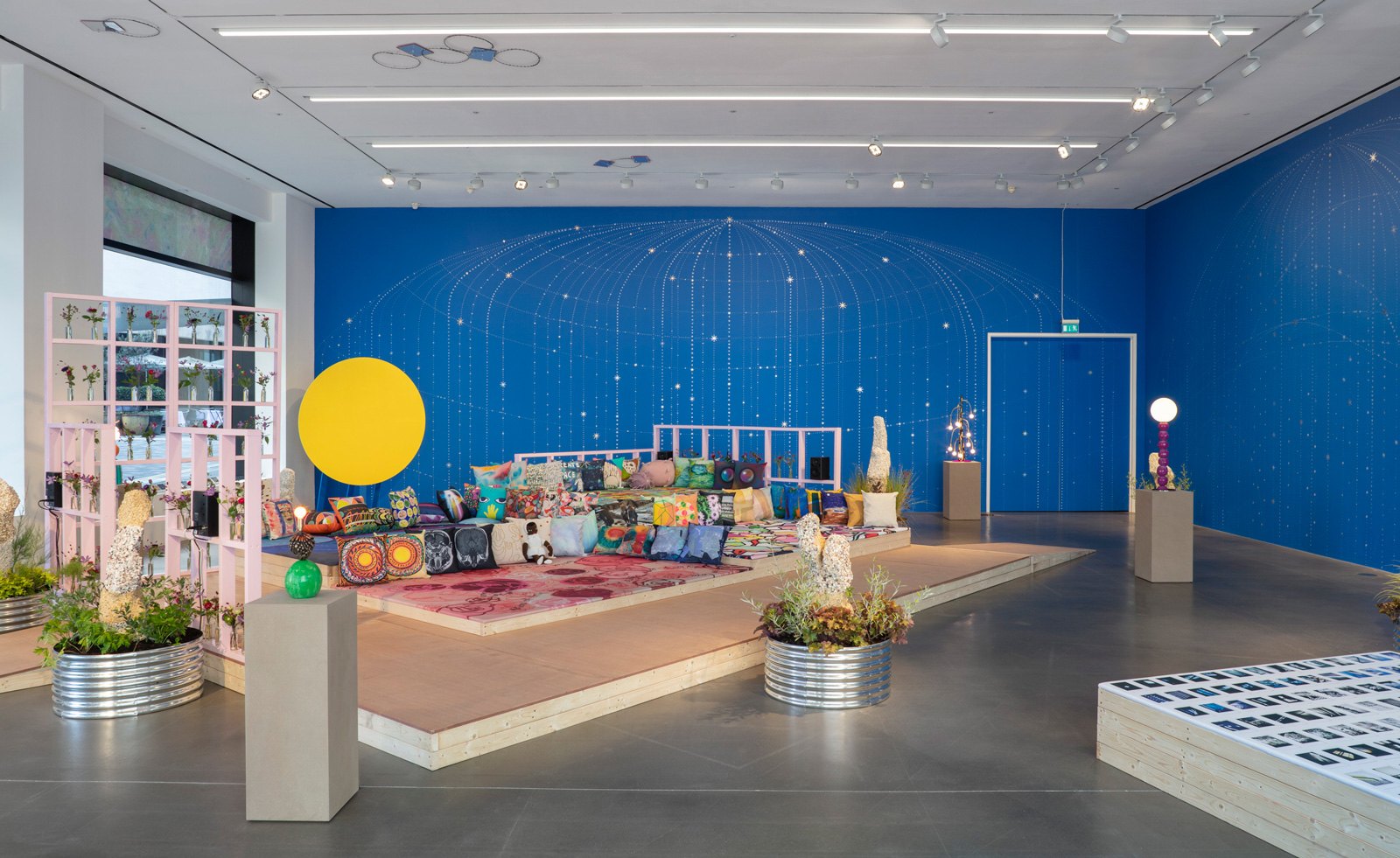 Hospital Rooms and Hauser & Wirth unite for a sensorial London exhibition and auction
Hospital Rooms and Hauser & Wirth unite for a sensorial London exhibition and auctionHospital Rooms and Hauser & Wirth are working together to raise money for arts and mental health charities
-
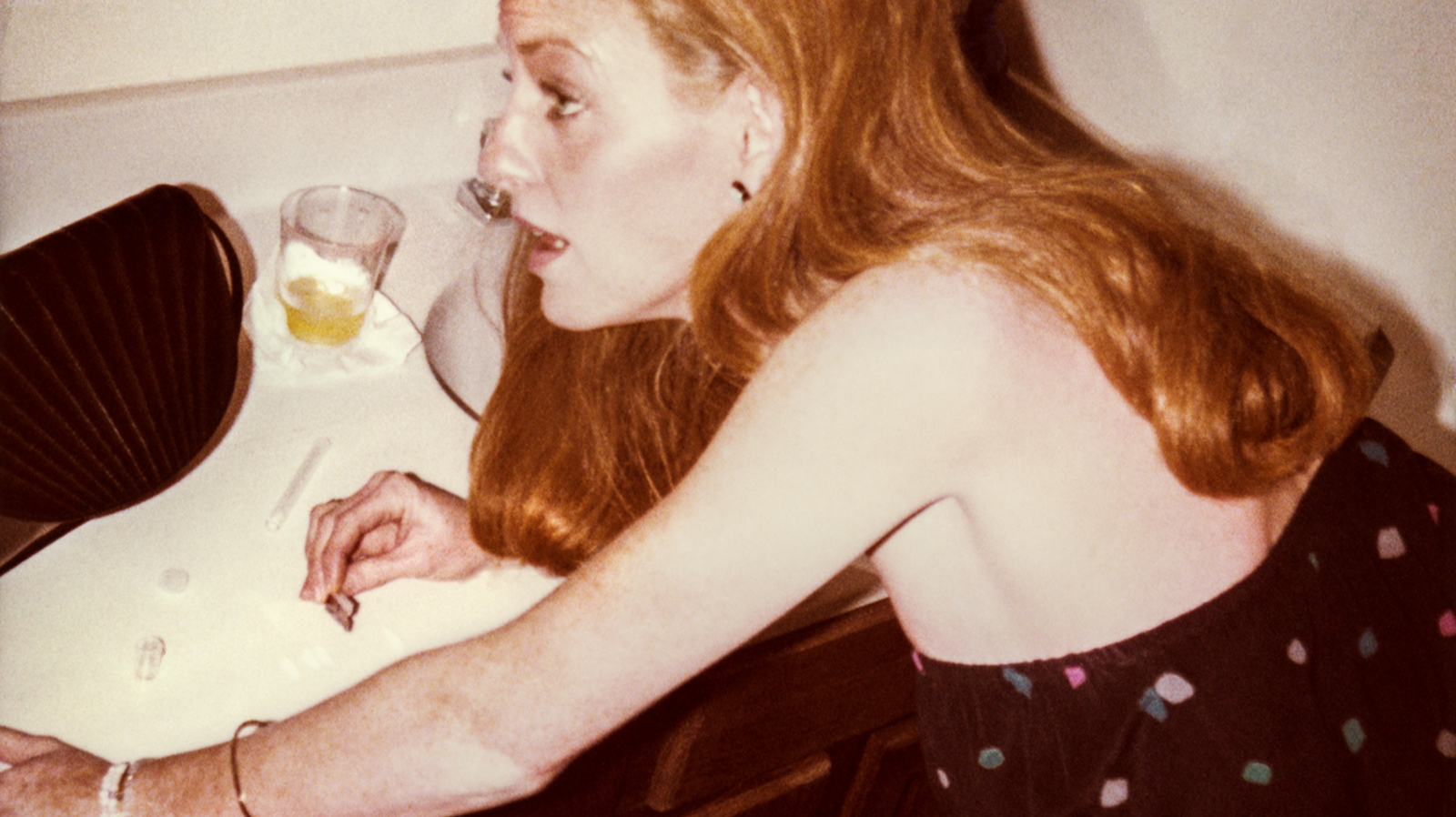 ‘These Americans’: Will Vogt documents the USA’s rich at play
‘These Americans’: Will Vogt documents the USA’s rich at playWill Vogt’s photo book ‘These Americans’ is a deep dive into a world of privilege and excess, spanning 1969 to 1996